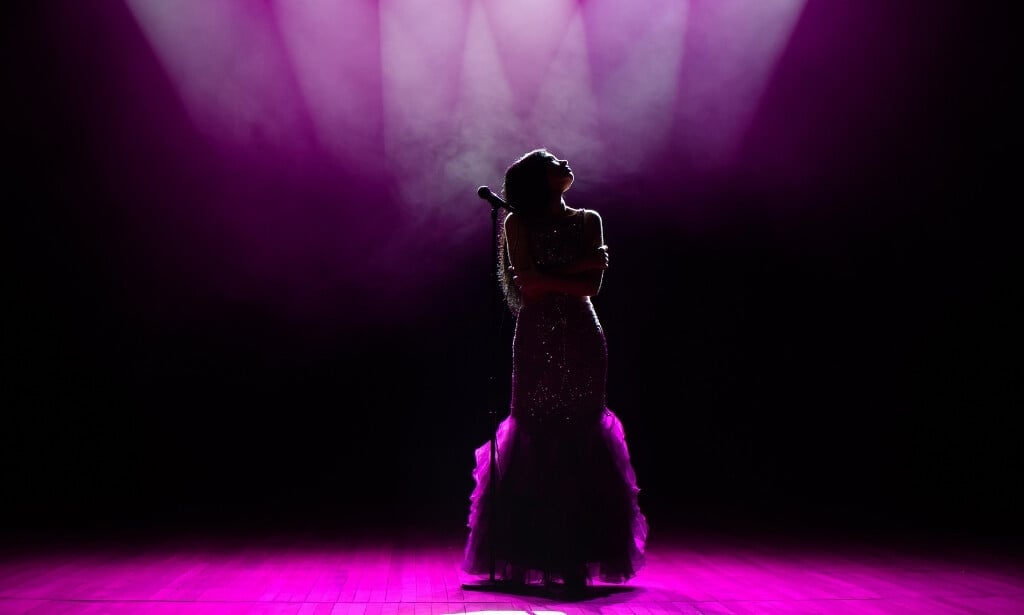February is Black History Month, a time to honor and commemorate the important events, amazing accomplishments, and inspirational people who contributed–and continue to contribute–to African American history. Last February, we published a four-part, in-depth series of articles that looked at key events and people throughout Black history, from 1619 through 1970. You can find each article here: Part 1, Part 2, Part 3, Part 4.
Having covered so many of the prominent names in Black history last year (Harriet Tubman, Dred Scott, Booker T. Washington, George Washington Carver, W.E.B. Du Bois, Jackie Robinson, Emmett Till, Rosa Parks, Dr. Martin Luther King, Jr., and Malcom X, to name some), we’re going to take a different approach this year. Throughout February, we’ll be posting articles about some lesser-known Black heroes, pioneers, and role models who are just as vital to Black history as their more famous peers. Our first part of this series was dedicated to the incredible story of Robert Smalls. We then looked at the life and accomplishments of Bayard Rustin. In this edition, we’re going to look at an opera and recital singer who helped change civil rights in America–Marian Anderson.
Marian Anderson
It’s quite interesting to think that an opera contralto and recitalist from Philadelphia, who was a very private person with no real social agenda, could go on to break down the barriers for African American singers and entertainers and impact the civil rights movement in a major way–but that’s exactly what Marian Anderson did. She literally transcended racism and prejudice with her otherworldly talent and dignified grace.
Born on February 27, 1897 in Philadelphia, Marian and her family were without much money, but they were regulars at the local Union Baptist Church, where her special vocal talents became quite obvious at a very young age. At the urging of her aunt Mary, Marian joined the church choir at age 6 and immediately wowed the parishioners. To foster her love for music, Aunt Mary took young Marian to church concerts, YMCA performances, and any other community music events she could find across the city. Mesmerized by these performances, Marian knew she wanted to pursue a career as a singer.
She began the pursuit almost instantly, singing songs for up to 50 cents; by the time she was in her early teen years, Marian was earning up to five dollars for singing–a considerable amount of money in the early 1900s. As a teen, Marian became involved with the church’s adult choir. Seeing a bright future ahead for Marian, leaders of the local Black community helped raise the money for Marian to attend South Philadelphia High School, from which she graduated in 1921. Upon graduation, Marian applied to attend the Philadelphia Music Academy, then an all-White school that is now known as the University of the Arts. She was rejected. Not because she wasn’t talented enough, but because she was Black. Some 60-plus years later, Marian recalled this event in an interview. “I was terribly crushed, terribly disappointed. The young lady who told me seemed to take so much pleasure in telling me.”
Once again, however, the local community stepped up and funded her private lessons with local singers. Her first big break came in 1925, when she won a singing competition sponsored by the New York Philharmonic; as the victor, 17-year-old Marian performed in concert with the orchestra in August of that year at Lewisohn Stadium. And it was a performance for the ages, one that won over the audience and critics alike. Over the next few years, Marian performed some concerts in the United States, but her opportunities–especially to perform opera–were limited or flat-out denied due to segregation policies. Two notable performances were at Carnegie Hall in New York City in 1928 and at Orchestra Hall in Chicago–the latter would prove to be a turning point, as in the audience were two representatives of the Julius Rosenwald Fund who encouraged her to apply for a fellowship, which she received along with $1,500 to use while studying in Berlin.
After months of studying in Europe, Marian would embark on what would prove to be an incredibly successful European tour, where she did not encounter the same prejudices and racism as she did in America. She won the affection of Scandinavian crowds and professional musicians before heading to London–a true test of her European popularity. Let’s say she passed the test with flying colors during her 1930 debut at Wigmore Hall in London, where the crowd adored her. She continued to tour Europe before returning to America in 1935, where she toured parts of the country as well as Europe again over the next four years. While she did perform several dozens of concerts in America at that time, Jim Crow laws still prevented her from singing in many hotels and concert halls. Interestingly enough, Albert Einstein, as a staunch supporter of civil rights, helped Marian during this time by hosting her on the many occasions when she was turned away by segregated hotels.
In 1939, Marian was scheduled to perform at Washington, DC’s Constitution Hall until she was denied permission by the Daughters of the American Revolution (DAR). This led to prominent members of the DAR, such as Eleanor Roosevelt, to resign in protest. In response to the DAR’s racism, Eleanor Roosevelt asked her husband, Franklin, to take action–so, FDR and Walter White of the NAACP organized an open-air concert on the steps of the Lincoln Memorial, where Marian would perform. The Easter Sunday performance drew more than 75,000 spectators to the Mall in addition to millions more on the radio. As the Korean War and World War II raged on, Marian performed for troops at hospitals and bases before receiving an interesting invitation in 1943. The DAR invited her to perform at the now-integrated Constitution Hall as a benefit for the American Red Cross. Of course, the gracious Marian accepted despite her previous experiences with the DAR. She said, “When I finally walked onto the stage of Constitution Hall, I felt no different than I had in other halls. There was no sense of triumph. I felt that it was a beautiful concert hall and I was very happy to sing there.”
Ten years later, Marian made some history by performing for an audience of 60 million NBC and CBS television viewers as the final performer on The Ford 50th Anniversary Show, a landmark television program in 1953. Two years later, in 1955, Marian became the first African American to sing a leading role with the Metropolitan Opera in New York City–the company made her a permanent member after her performance. Despite how some of the country treated her, Marian remained proud of America and performed on its behalf, both at the 1957 presidential inauguration of Dwight Eisenhower as well as on a tour of India and the Far East as a goodwill ambassador for the US State Department. After that, in 1958, President Eisenhower appointed her a delegate to the United Nations Human Rights Committee; she was also elected Fellow of the American Academy of Arts and Sciences. That same year, she was officially designated a delegate to the United Nations.
On January 20, 1961, she sang for President John F. Kennedy’s inauguration, and in 1962 she performed for President Kennedy and other dignitaries in the White House. While not political, she became active in supporting the civil rights movement during the 1960s. She performed several benefit concerts and, in 1963, she sang at the March on Washington for Jobs and Freedom–an event immortalized by Dr. Martin Luther King Jr’s “I Have a Dream” speech on the very same Lincoln Memorial steps where Marian performed more than 20 years prior. The honors kept on coming for Marian, as she received the Presidential Medal of Freedom in 1963. That same year, she completed her farewell tour, retiring from public performance.
Though she was no longer performing, Marian continued to receive an impressive–and well-deserved–amount of recognition for her amazing and groundbreaking career and contributions. In 1977 alone, Marian was the recipient of the United Nations Peace Prize, New York City’s Handel Medallion, and the Congressional Gold Medal. Following that, Marian received Kennedy Center Honors in 1978, the George Peabody Medial in 1981, the National Medal of Arts in 1986, and a Lifetime Achievement Grammy Award in 1991. She also became the first person to be honored with the Eleanor Roosevelt Human Rights Award of the City of New York in 1984. Along with all of these prestigious honors, Marian was awarded with 24 honorary doctoral degrees. And as of 2016, it was announced that Marian was to be included on the back of the newly designed US five-dollar bill, though as of February 2021 it has not been completed or released.
Marian lived a quiet life away from the spotlight, residing on a farm in Danbury, Connecticut from 1940 until 1992. She lived to the age of 96, passing away of heart failure in 1993. Marian’s legacy is one for the ages–not only did she break so many racial barriers throughout her career, she also inspired countless young singers–especially African American–to pursue their dreams. She’ll forever be remembered for her velvety contralto voice, her stately stage manner, and her quiet dignity in the face of racism and prejudice.
We hope you enjoyed this profile of Marian Anderson, a transcendent African American talent and pioneer. Stay tuned for more profiles, coming soon!
In the meantime, check out Elephango for some informative and engaging lessons related to Black History Month!







